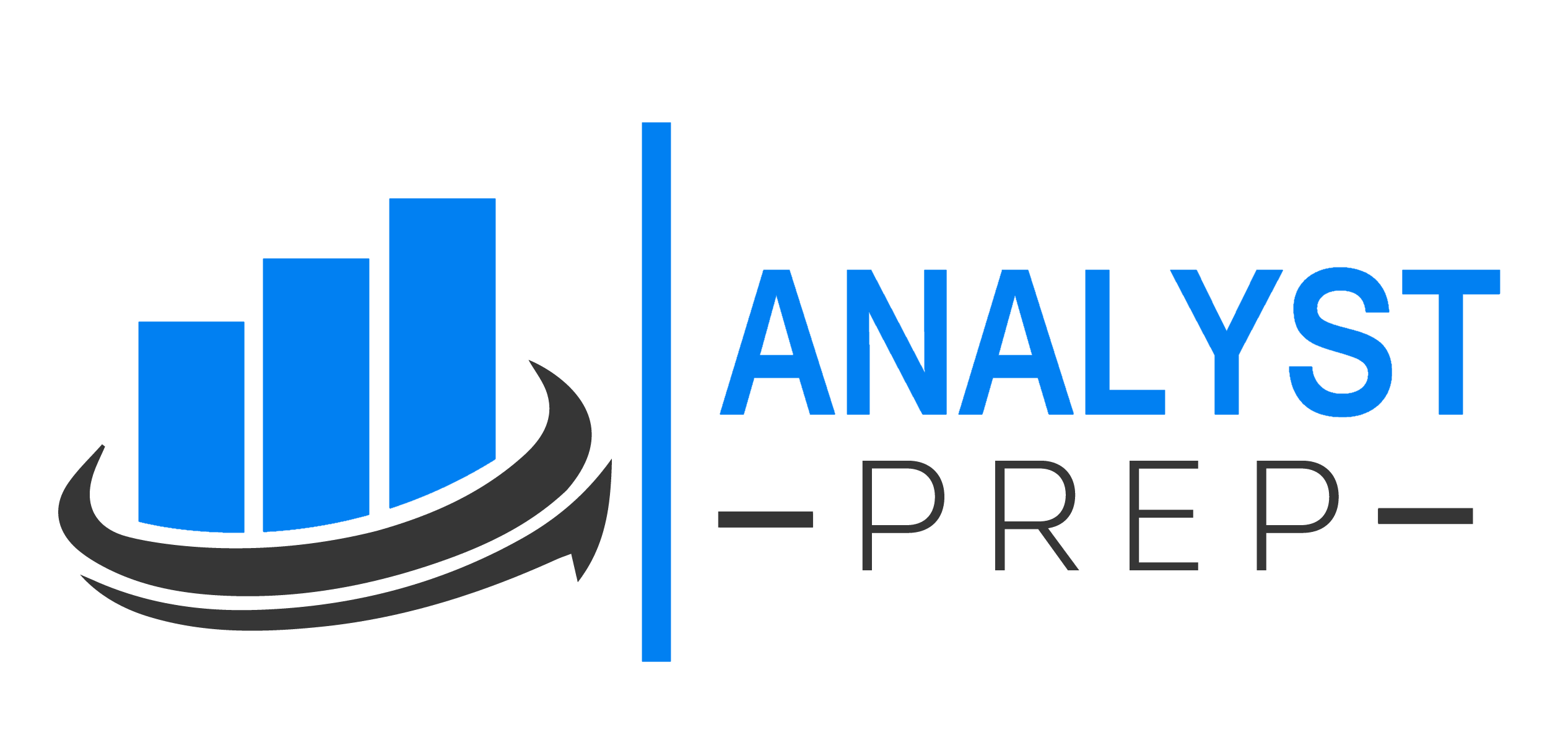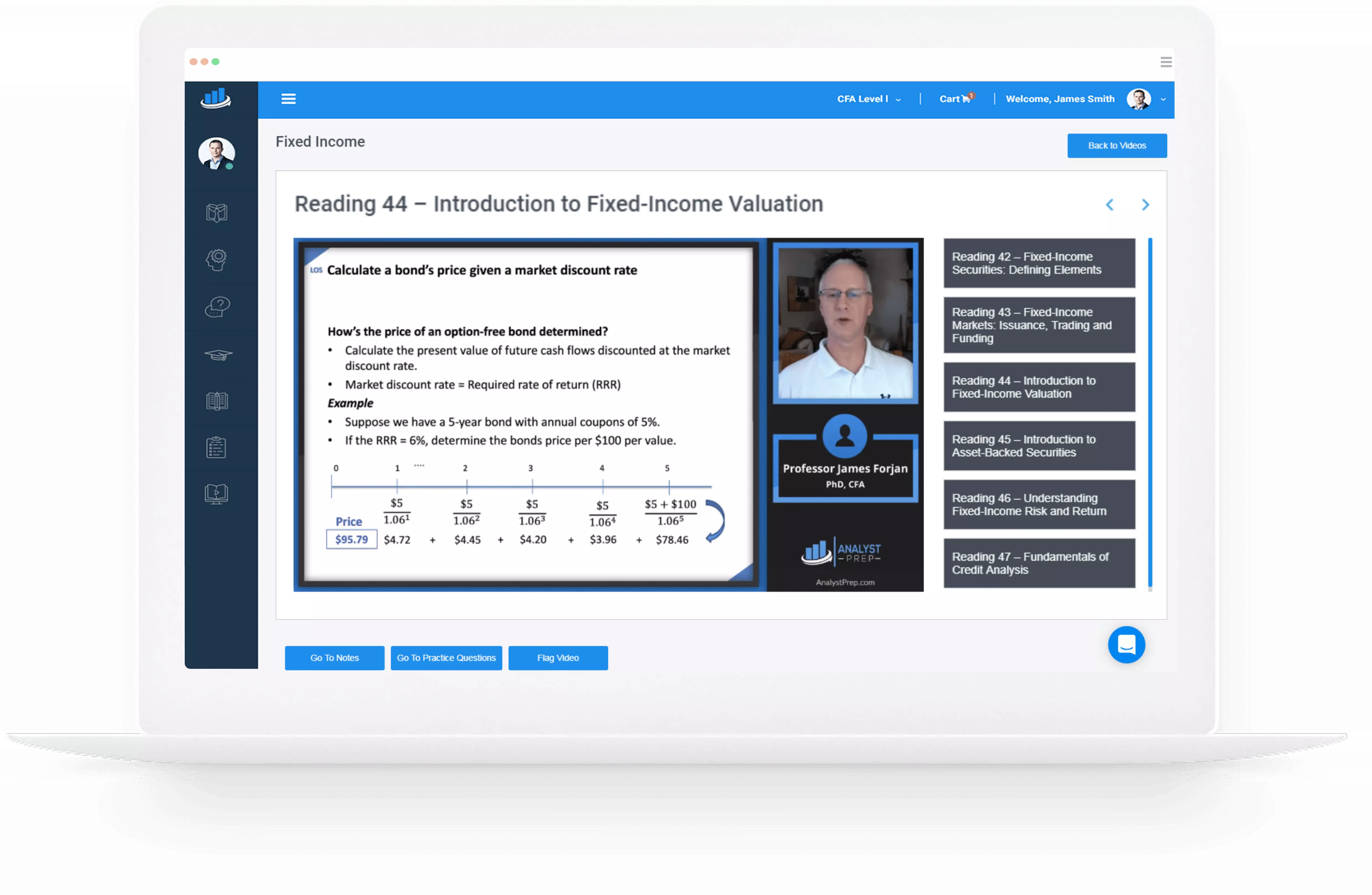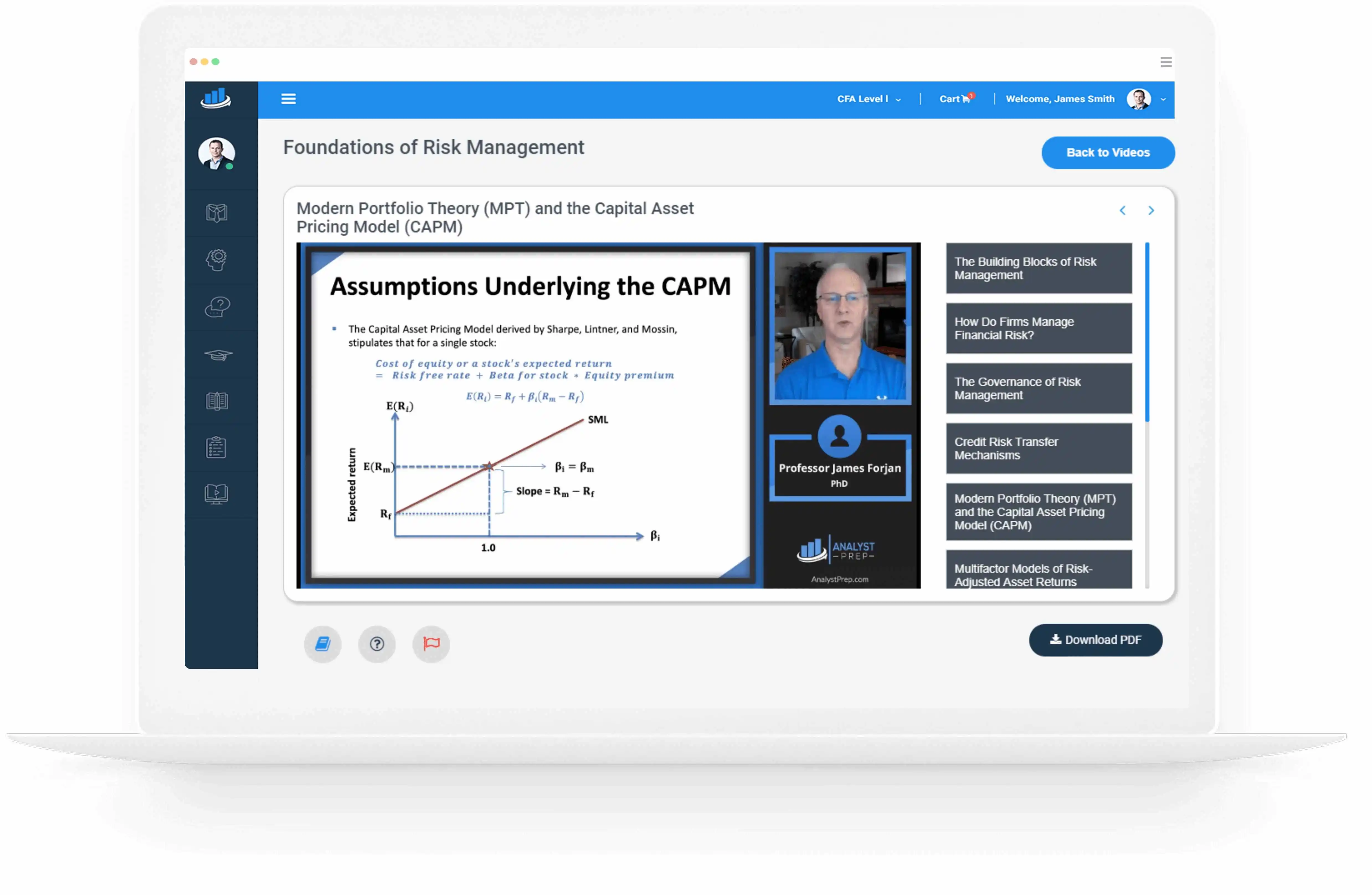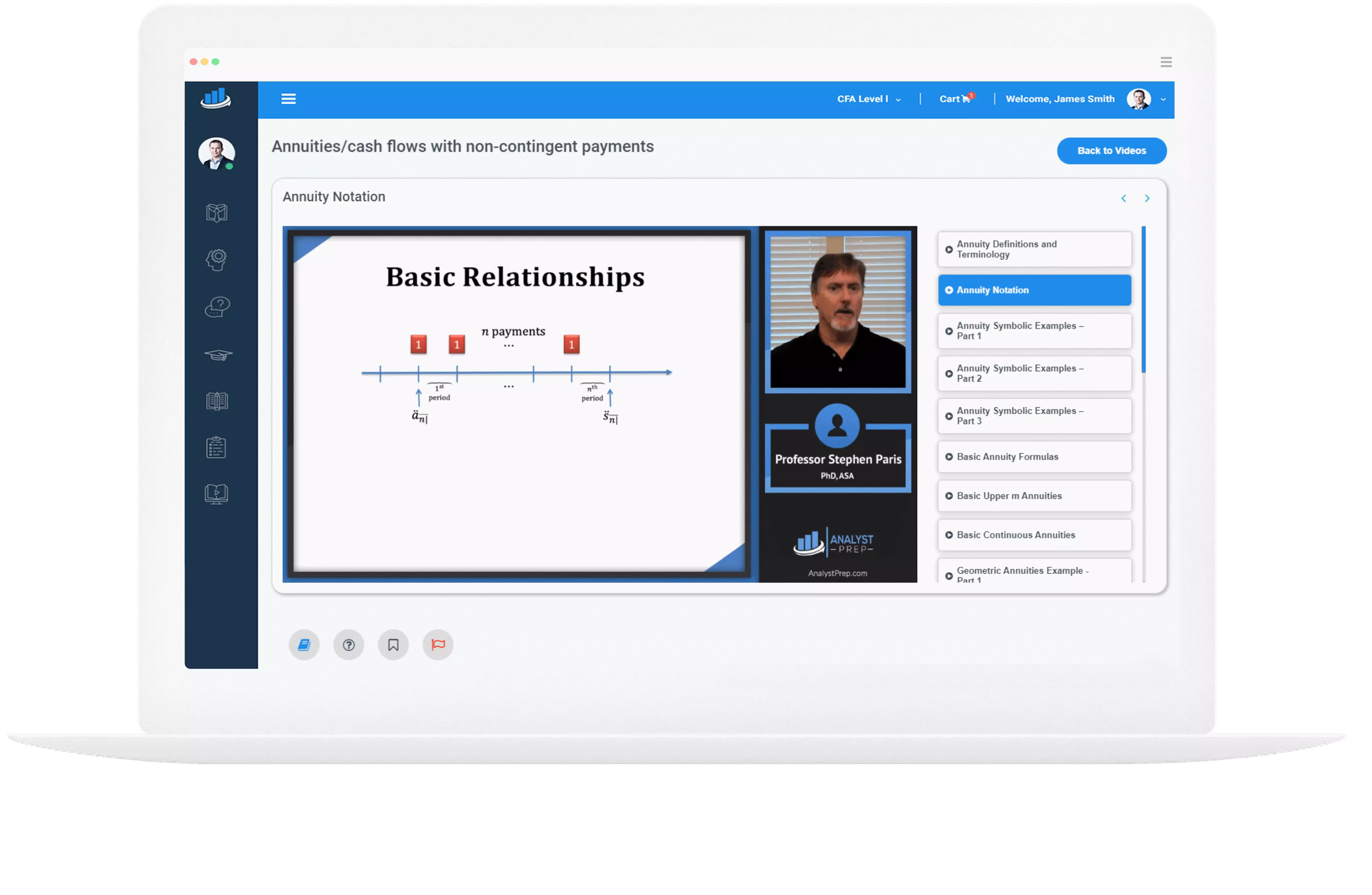Sources of Portfolio Returns
Simple Attribution Return attribution approaches are a way to break down the returns of a portfolio and determine where they came from. They can be highly informative for all stakeholders from portfolio managers to clients. The simplest form of return…
Return-Based, Holdings-Based and Transaction-Based Performance Attribution
Performance attribution may be either returns-based, holdings-based, or transactions based. The decision to use one set of inputs rather than another depends on the availability of data as well as the investment process being measured. Returns-based Attribution In returns-based attribution,…
Performance Attribution Components
Performance attribution includes both the return attribution and the risk attribution, not just that of the performance. Return attribution analyzes the impact of active investment decisions on returns, not passive returns. Risk attribution analyzes the risk consequences of those active…
Effective Attribution Process
Numerous stakeholders are interested in the results of the performance attribution process. Virtually any individual or entity that is affected by the outcomes of the portfolio should want to know how the return (or loss) was achieved. What specific decision…
Performance Measurement
Performance evaluation includes three components, each relating to a specific question about a portfolio's performance: Performance measurement: Quantifies performance. Performance attribution: Demonstrates performance method. Performance appraisal: Distinguishes skill from luck. While each factor above stands on its own, there is…
Trade Governance
All asset managers should have a trade policy document that clearly and comprehensively articulates the firm's trading policies and escalation procedures. The curriculum can be quite wordy in this section. The heart of the message is simply this: “Firms need…
Evaluating Trade Execution
Trade execution, a quantitative process assesses the performance of traders, algorithms, and brokers. Trade cost assessment, known as Trade Cost Analysis (TCA) or post-trade analysis, aids portfolio managers in selecting optimal trading methods and identifying and rectifying process issues. This…
Measurement and Determination of Cost of Trade
Trade Cost Measurement In its simplest terms, trade cost would just represent the commission paid to place a trade. However, this view is simplistic in that it only represents a portion of the total costs. The vocabulary from Reading 11,…
Market Comparison
The following sections compare and contrast trading within the following markets: Equities. Fixed income. Exchange-traded derivatives (options and futures). Off-exchange (OTC) derivatives. Spot currencies. Equities Equities offer the most robust and viable platform for electronic trading. Equities are the…
Trade Execution
Algorithmic trading is the practice of using programmed strategies to electronically trade orders. This practice is common in most equity, foreign exchange, and exchange-traded derivative markets. As with fixed income, algorithmic execution is mostly limited to trading highly liquid government…




